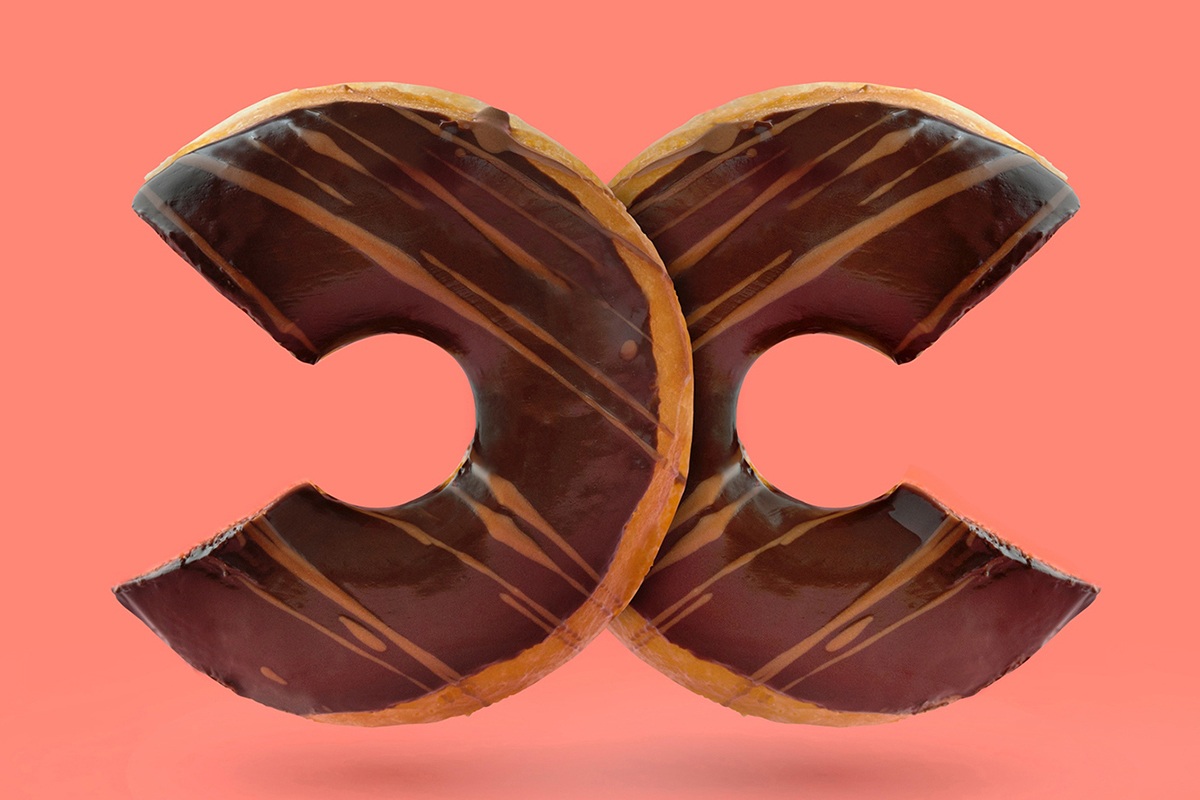10 Common web design mistakes and how to avoid them
(3 - 4 minute read)
As a business, your website is a valuable tool in your marketing arsenal. It’s more than an important lead generation source — it’s an online representation of your brand, a central hub of useful information for potential customers and a branded platform for your content.
But, as more of your competitors up their game in the online world, it’s important that your website gives a good first impression and doesn’t send customers looking elsewhere.
These are 9 common mistakes that can drive potential business away:
1. Reinventing the wheel
Whilst it’s important to stand out from the crowd, it’s equally as important to keep in mind who your website is for and what it needs to achieve.
Most of your visitors are likely to be regular users of the internet and have the ability to navigate websites without needing much concentration. If you go against the fundamental rules of web design in order to be different you could end up frustrating – ultimately losing – your potential customers.
2. We don’t read, we scan
In an age of information overload, we as content consumers have become highly skilled at scanning pages for the information we need. With this in mind, producing long paragraphs of text that don’t get straight to your point will inevitably lose customers’ attention quickly.
The key, break your content down into easy-to-digest chunks and layout information effectively.
Use headings – Detail what each section is about and allow users to decide what they need to read.
Use bulleted lists – This can work in articles, on service pages and even in emails to clients.
Highlight important facts and key terms – When users are scanning a page for relevant information they will pick out the key terms they’re looking for. Make these words easy to find.
3. Subtlety is clever but it will most likely be ignored
Customers typically want transparency, clear communication and a quick understanding of what they’re buying into.
“Designers love subtle cues, because subtlety is one of the traits of sophisticated design. But Web users are generally in such a hurry that they routinely miss subtle cues” – Steve Krug, author of Don’t Make Me Think: A Common Sense Approach to Web Usability.
4. Clumsy contact options
If your visitors can’t contact you easily, they won’t.
It’s important to have a good contact form with only a few required fields and a privacy statement that reassures visitors you won’t sell or giveaway their personal details.
It is also imperative to make your contact details available on the homepage so prospects don’t have to go searching for them.
5. Personal feelings takeover
We all have our personal preferences about what looks good and what doesn’t. But, it’s important to remember that our personal opinions are not necessarily the same as the majority of our users.
The best way to be objective about your web design is to outsource the design to a professional agency. An agency will have experience in designing and developing websites that work as well as look good.
6. Asking the wrong questions during the design phase
It’s easy to ask questions like ‘do people like drop-down menus?’ but this tells you very little about the impact of dropdown menus on the user experience.
Asking ‘does this particular drop-down menu make it easier for these users to find this specific information’ provides you with a valuable argument for or against the use of a drop-down menu in a specific scenario/design.
7. Confusing and navigation
Our daily lives require thousands of decisions each and every day. The more of these we have to spend time thinking about the less brain capacity we have left for the next.
“It doesn’t matter how many times I have to click, as long as each click is a mindless, unambiguous choice.” – Steve Krug, Don’t Make Me Think.
Good navigation is simple and intuitive. It makes it easy for prospects to find what they’re looking for and to get back to where they were.
A lot of navigation issues can be easily avoided by observing actual users engaging with your site.
8. Typos
Good website copy should reflect the sophistication, attention to detail and go the extra mile attitude of your business. Grammatical errors, spelling mistakes and vague or confusing statements tell your customers that you’re happy to cut corners.
If you don’t have a professional writer in house, skilled freelancers are easy to find online as well as copy editors. If you need help finding someone it’s highly likely that your web design agency will be able to help. There’s no doubt that it’s worth the investment.
Why you should hire a professional copywriter.
9. Unclear messaging
By trying to be ‘the best’ and ‘the cheapest’ and ‘the most creative’ you can end up confusing customers into thinking your business is average at everything it does. Try to pick the one thing that differentiates you from your competitors and hammer that message home.
10. Low quality visuals
If your website is going to compete and attract attention it needs to be of high quality. Pixelated photography from stock sites or badly designed, blurry graphics instantly tell your customers that you’re not able to put in the effort needed to complete a task properly.
If your website is very image based make sure you either hire a professional photographer or research into finding high-quality stock images.
If your graphics are not up to standard when compared with others in your industry, speak with a graphic design agency. Trust us, it’s an investment not an expense.
Having a stand-out, unique website is fantastic and will set you apart from your competitors but only if it is simple and intuitive.
There are plenty of growing businesses out there that are making these mistakes that by avoiding all of them you are already giving your business a competitive advantage.
Whether you sell a product or a service, your website should be a sales or lead generating tool that fuels business growth.
Always be thinking about the purpose of your website for prospects and how you can make it easier for them to get what they need.




